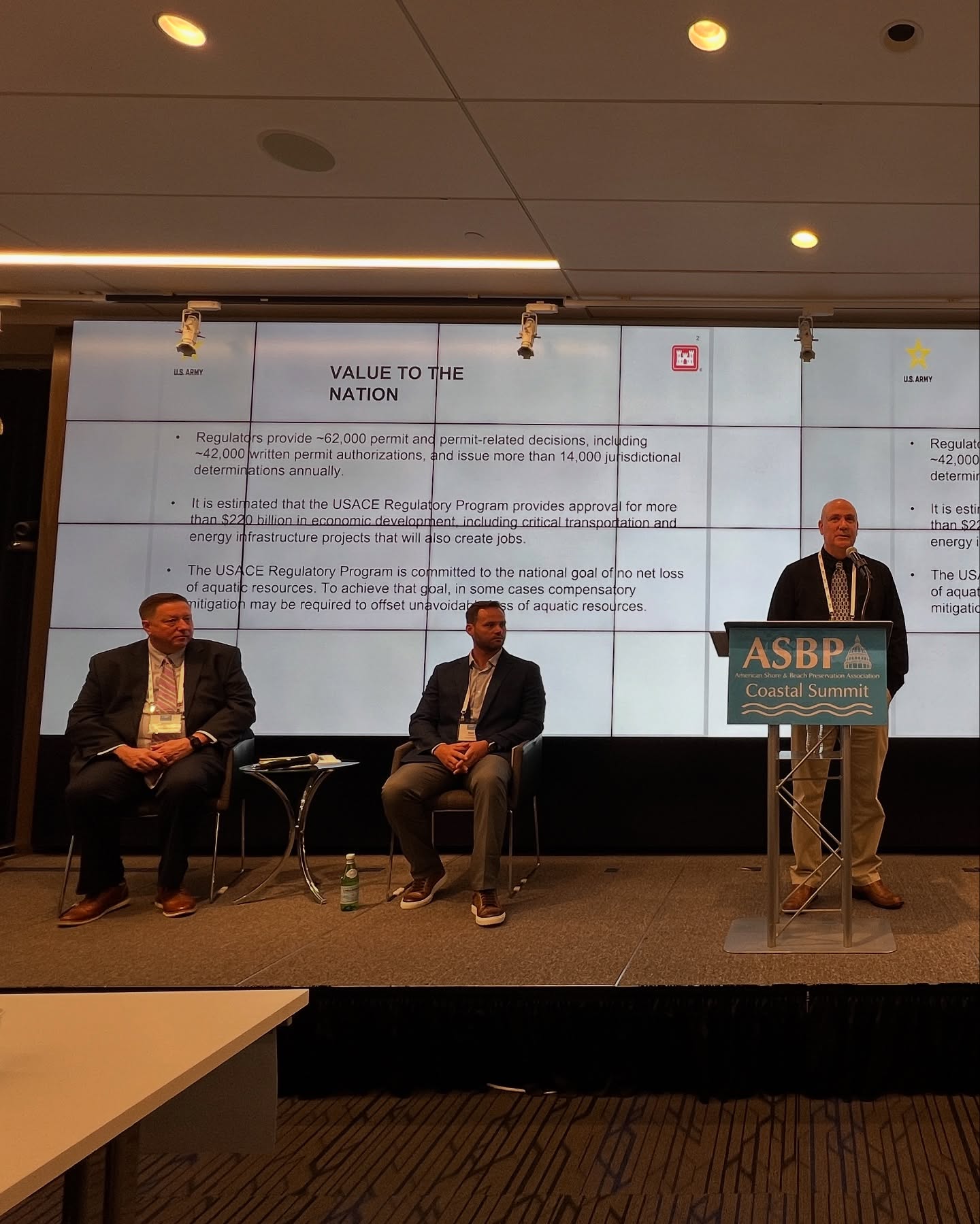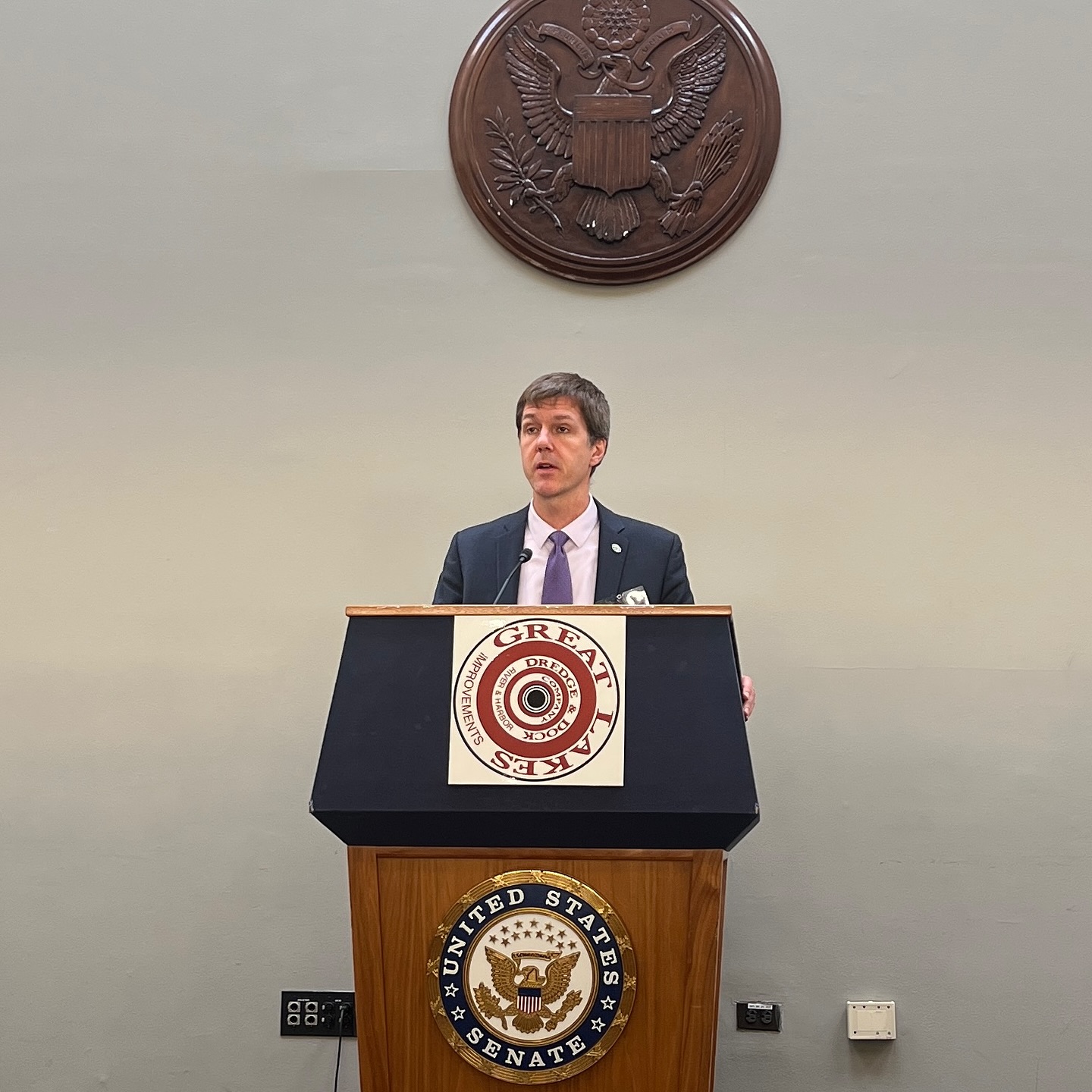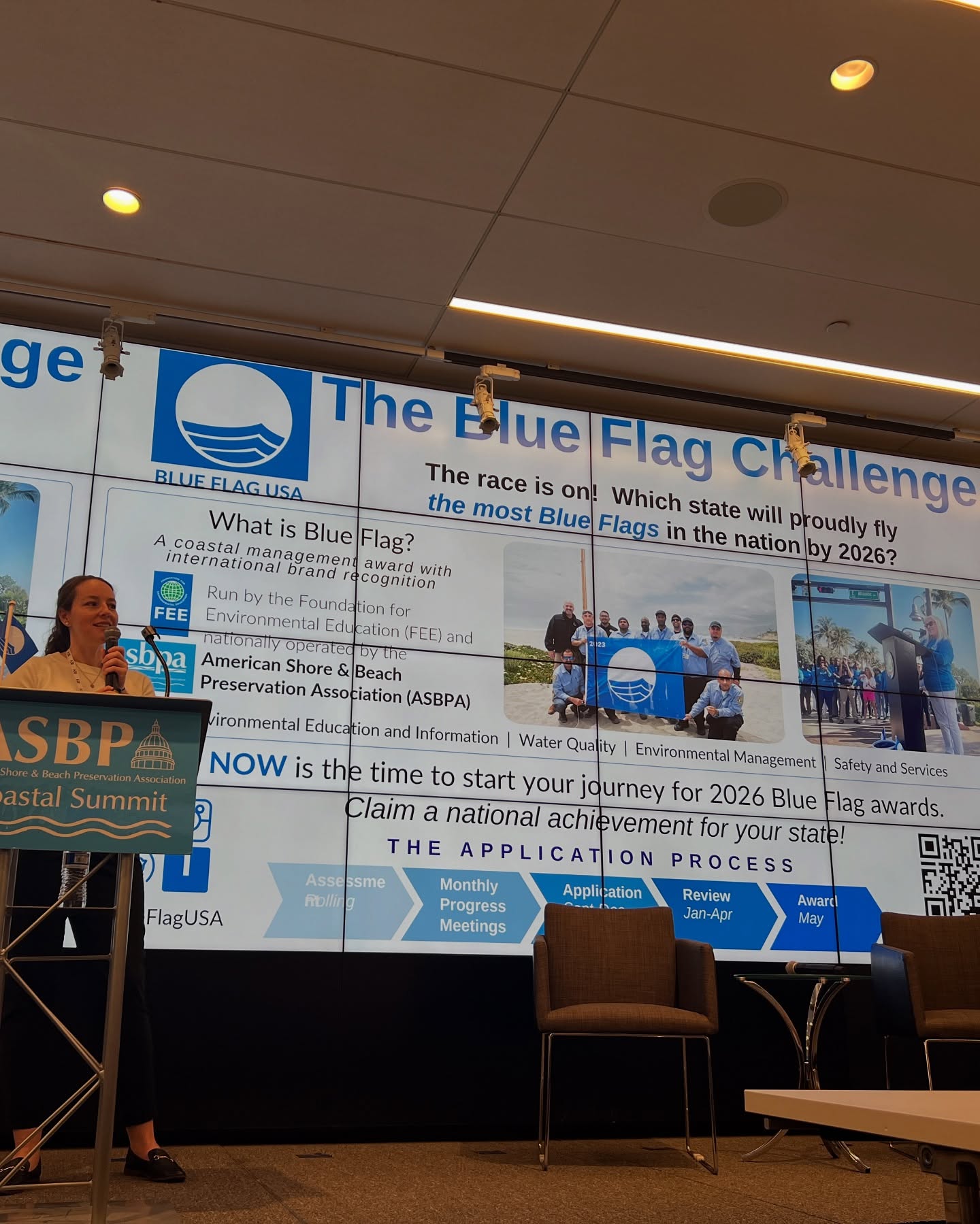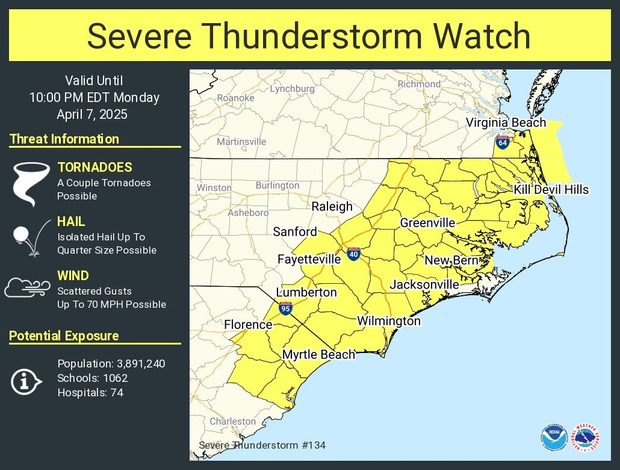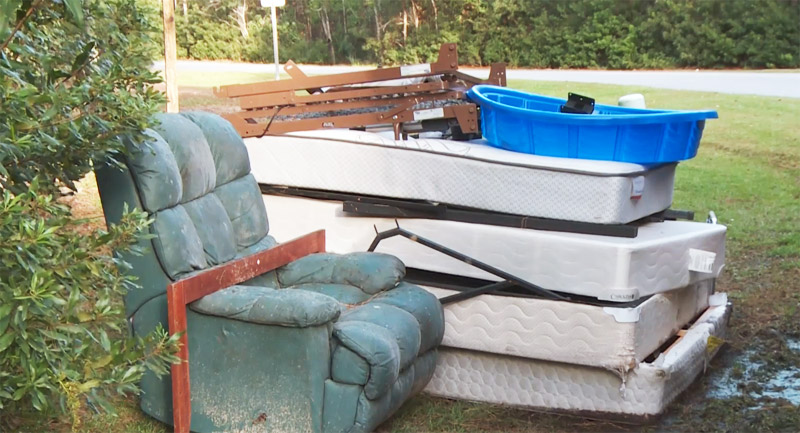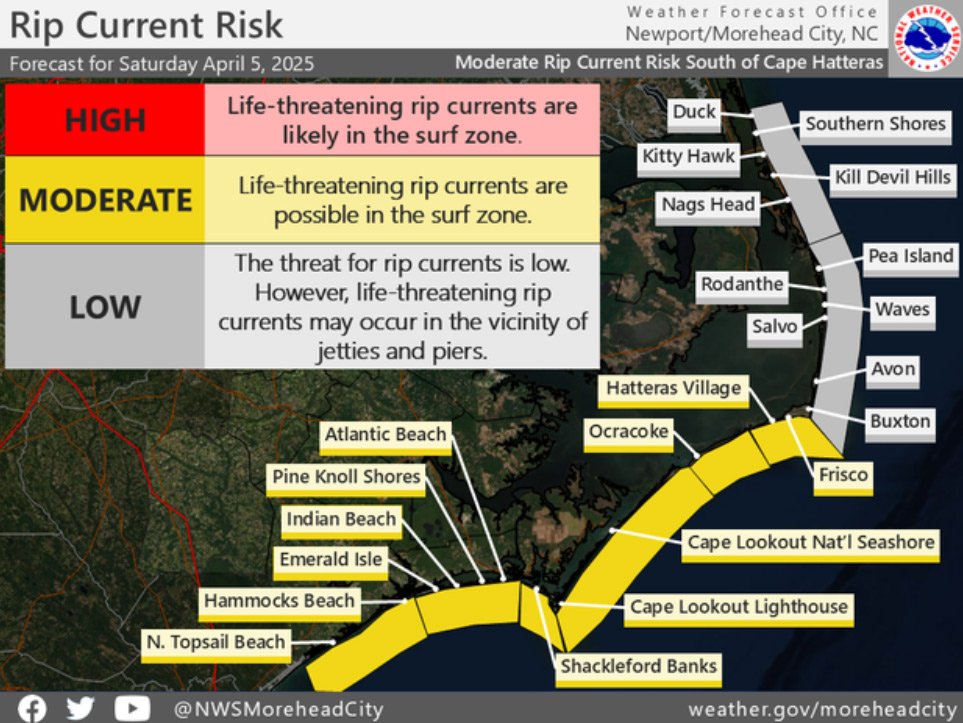Dare Ed Board votes to remain in remote learning
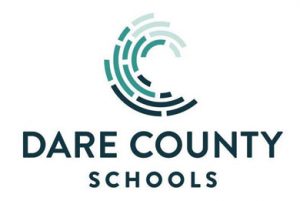 By a 5-2 vote at a special Jan. 12 meeting, the Dare County Board of Education voted to stay with remote learning for the district’s students through the third quarter of the school year. Prior to the vote, the board considered a number of options that included some variations of a return to school before voting on the ultimately successful motion by Board Member David Twiddy.
By a 5-2 vote at a special Jan. 12 meeting, the Dare County Board of Education voted to stay with remote learning for the district’s students through the third quarter of the school year. Prior to the vote, the board considered a number of options that included some variations of a return to school before voting on the ultimately successful motion by Board Member David Twiddy.
Board Members Susan Bothwell and Joe Tauber voted against that motion. Aside from Twiddy, Board Chair Mary Ellon Ballance, Vice-Chair Margaret Lawler and Board Members Frank Hester and Carl Woody voted in favor.
The members also heard a presentation from Dare County Health and Human Services Director Sheila Davies, who reported that the percentage of positive COVID-19 tests out of all tests administered in Dare County this past week was 18.8 percent, a high number.
Board members cited the continuity of instruction, the current high rate of COVID-19 positive cases and the pending vaccine availability for teachers as reasons to stay remote for the next quarter. Davies, who cautioned that the vaccine rollout determined at the federal and state level is a fluid situation, said her hope is that teachers would be able to begin getting vaccinated in Dare County sometime in February.
Davies also said that the county health department cannot guarantee that school nurses, who are employed by the department and not the schools, can be in the school buildings every day because they are currently needed for the county’s pandemic response, fulfilling tasks from contact tracing to working at vaccination clinics.
Schools Superintendent John Farrelly said that based on a survey of district staff, 87 percent of the respondents indicated that they would get the vaccine when it becomes available.
After beginning the school year in virtual learning, Dare County Schools opened to face-to-face learning in October for all students, with elementary school students going full-time and those in grades 6-12 going on a hybrid schedule. However, two weeks later the board voted to close schools again because of teacher shortages caused by COVID-19 positive cases and quarantining requirements.
That experience seemed to weigh on Ballance’s thinking at the Jan. 12 meeting.
“I think one of the things we as a board is charged with is how do we ensure a consistent delivery of quality instruction,” she said prior to the vote. “I have some concerns that we jump the gun again. Nobody has a crystal ball to know how this is…at the end of the day, but we do know that right now, under remote they are getting more [consistency] than if we send them back and then [have to close again] in two weeks.”








